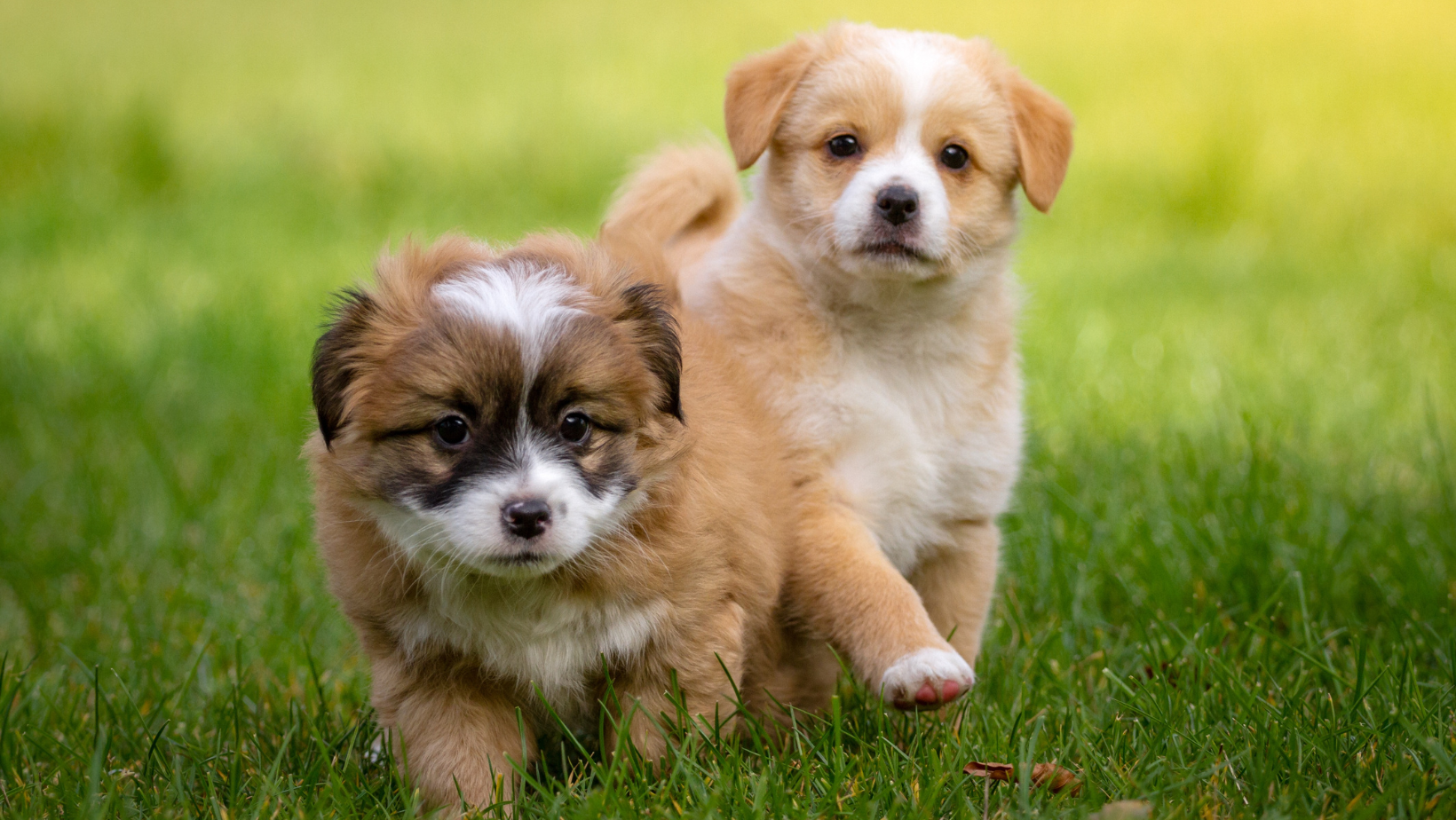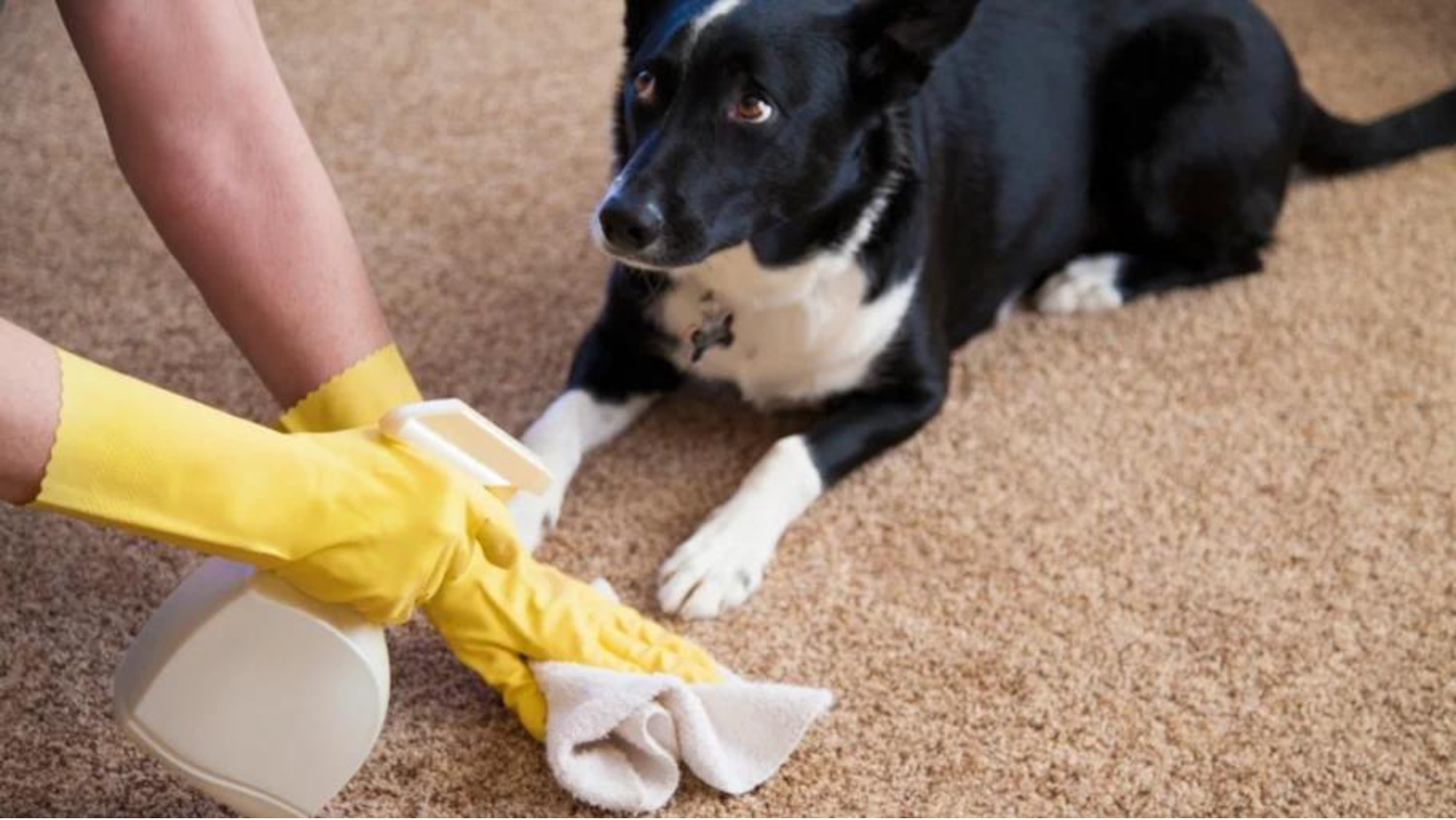Potty Training for Dogs

Potty training necessitates patience and devotion in order to achieve the goal of instilling good biological behaviors in your dog. As a result, you’ll be able to coexist in a healthy manner in a clean environment. When your dog is housebroken, it will be less stressful for you, your family, and your dog.
When Should You Begin Dog Potty Training?
Puppies can usually be taken from breeders when they are around seven weeks old. Potty training should begin as soon as your animal pet arrives at your home. This is because if the dog does potty unattended, you will have to do extra work to alter the location. Due to the aroma, a dog is drawn to the same location. This implies that if you don’t like that spot, you should thoroughly clean it with an enzymatic cleaner and spray it with air fresheners so that your pet doesn’t associate it with a bad odor.
It varies from case to case how long it takes to potty train a dog. It might take anything from a few weeks to a month. The following are some of the factors that determine the length of time.
- Breed of dog
- Age of the dog
- Potty training for dogs has a long history (for rescued dogs)
- Methods of potty training
Routines to Follow
The following are some recommended house-training routines for dogs.
- Feed your dog at the same time every day. This would result in consistent excretion times. While the rationale for discarding uneaten puppy food after 10 minutes differs from feeding puppy standards, this action will also aid in determining the time for the next toilet break.
- At regular intervals, take the puppy outside. Taking him out first thing in the morning is a good idea. Puppies defecate quickly after eating, so take him right after each meal. Take him out every couple of hours, as a two-month-old dog should. If he’s sleeping, let him alone for the time being and take him out when he wakes up. Take him out before sleeping for the night.
- Bring him to the same location. To get the dog to the place, use a leash.
- Encourage the excretion process by using short, uncomplicated terms. Please don’t rush him. Keep in mind that even pups can sense your vibe.
- When he has completed his task of pooping in the same spot, congratulate him. You should stay with him so that if he tries to go somewhere else, you can reprimand him right away by saying “No.” Praise should be given right away so that he understands why he was praised.
- When the puppy retires for the night, remove the water receptacle. This is particularly crucial for puppies sleeping in crates, as puppies do not like to defecate and sleep in the same spot.
Potty Training for Dogs Instructions
To gain better control over your dog, confine him. This can be accomplished by placing them in a kennel or putting them on a leash and fastening the leash.
It is critical to understand the length of confinement in order to avoid bladder infections and unintentionally inflicting unnecessary harshness. Every month, a puppy’s bladder control improves by an hour on average. This means that a two-month-old puppy can go two hours without having to go to the bathroom.
Even if you follow the routines exactly, your dog will occasionally have an accident. If this happens, do not yell at the puppy or discipline it. Dragging the puppy to the accident site and yelling at them won’t work because they aren’t old enough to understand what went wrong.
A dog is considered to be house trained if he does not urinate or defecate in the house for two months.





